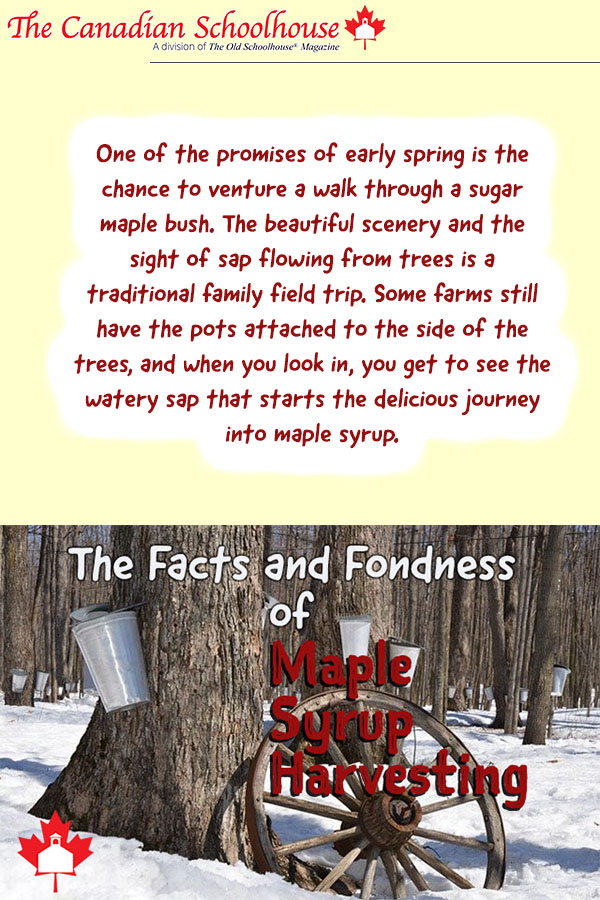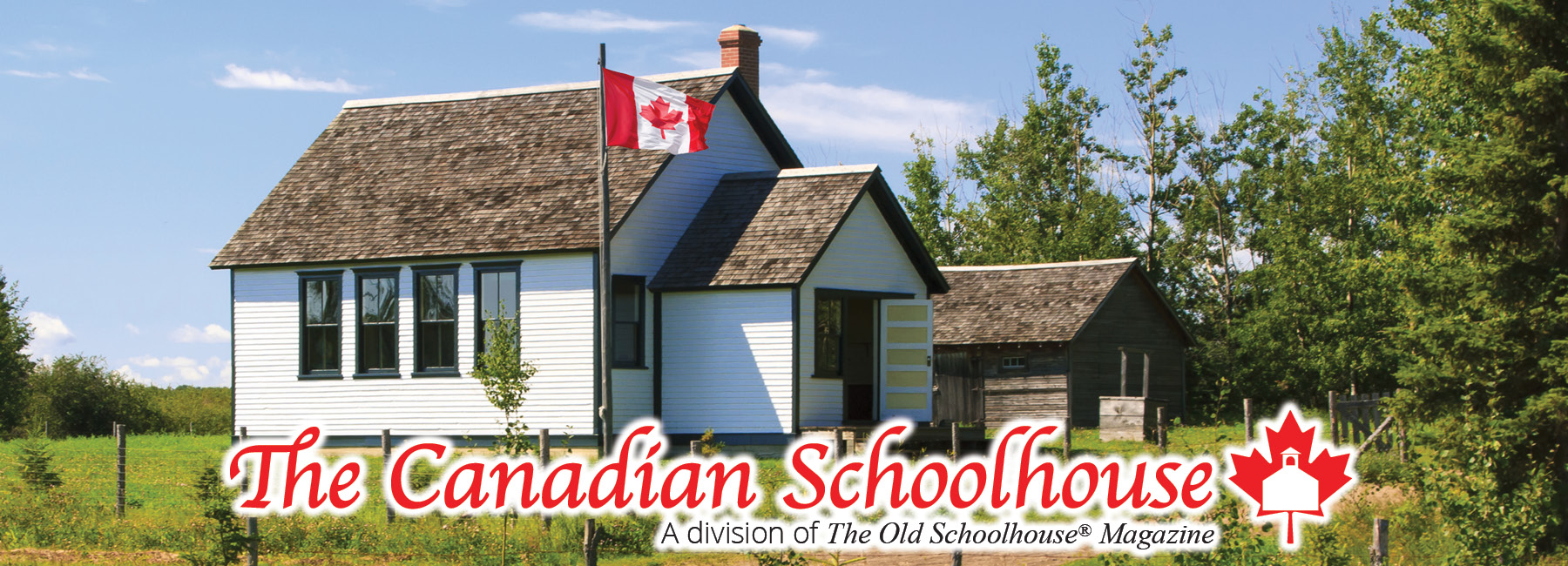
Maple syrup is a yummy staple in many Canadian homes. One of the promises of early spring is the chance to venture a walk through a sugar maple bush. The beautiful scenery and the sight of sap flowing from trees is a traditional family field trip. Some farms still have the pots attached to the side of the trees, and when you look in, you get to see the watery sap that starts the delicious journey into maple syrup. Tubes that hook from tree to tree are another way to collect the sweet sap, which is an easier and convenient process for big producers. Whichever way they do it, the outcome is sure to tempt many taste buds.
There are many ways to enjoy this delectable treat. You can purchase maple sugar, candy, butter, cream, hard taffy, cotton candy, syrup and I think most people love this one the most: Taffy on the Snow! But how did this become a tradition in Canada? Who even discovered this? Let us find out by looking into the history of it.
The Sappy Syrup in the Past
Settlers started producing it around the 1700s to early 1800s. But it was originally discovered by Andre Thevet, a French explorer, in 1557 and later by Marc Lescarbot in 1606 who described the whole process as “collection and distillation of sap.”
There are also a few Native American legends about the origin of maple syrup. One tells of a hunter's wife who had accidentally discovered the sap dripping from a tree and, thinking it was water, used it to boil a piece of meat for her husband.
Another describes the wife of Chief Woksis, who was an Iroquois woman, as the first one to make maple syrup. She accidentally discovered it when she yanked her husband's tomahawk out of a tree where he threw it the night before. It was a warm day so the sap started flowing and filled a bucket sitting by the trunk. She thought it was just filled with water and cooked the evening meal with it. The boiling turned it to syrup and greatly enhanced the flavor of the meal. This led to the tradition of boiling the sap.
The Good Hard Facts
The darker maple syrup is, the healthier it is as it includes a greater amount of minerals and antioxidants. Unopened maple syrup will keep indefinitely but must be refrigerated once you open it. Some people say it is best before a year unopened, a year opened in the fridge and indefinitely if you freeze it.
A lot of people have their own trees and therefore tap them and boil their own maple syrup to ensure it is fresh, healthy and free. But how do you know if it is finished boiling? Finished syrup boils at 7 degrees above the boiling point of water.If you use a candy thermometer, it will show 219 degrees Fahrenheit.
If your maple syrup looks too watery,it is probably because it did not get boiled long enough. That will make the syrup spoil quickly which makes it watery as the concentration of the sugar in the syrup will be too low. On the other side of things, if it is boiled too long then it will crystallize. If the sap reaches 66.9% of sugar, then it is syrup.
Here are our five favourite facts about maple syrup:
- It takes about 40 litres of sap to make 1 litre of maple syrup.
- A tree has to be at least 40 years old to be big enough to tap.
- Most sap is now collected by suction pumps instead of buckets.
- Only 3 out of the 13 types of maple trees make the sap used to make syrup.
- Physics plays a big part in running sap.
There is more for you to learn about maple syrup at Cottage Life where you can read the finer details on the cool facts above and more good-to-know info.
Virtual Walk-Through of a Sugar Bush
Follow this young fellow, Rowan Elsmore as he shows off the highlights of an Ottawa area Sugar Bush visit – including Maple Taffy!
Want some learning activities to do with your bigs and littles? Go to the related resources below:
- My Little Poppies has a great guide to a maple syrup unit study for elementary ages.
- SchoolhouseTeachers.com has a multi-subject unit study From Tree to the Table: A Maple Syrup Story with worksheets and copywork pages (in both print and cursive).
- The Canadian Homeschooler has an extensive resource page with lots of links to continue your learning with all different types of media.























